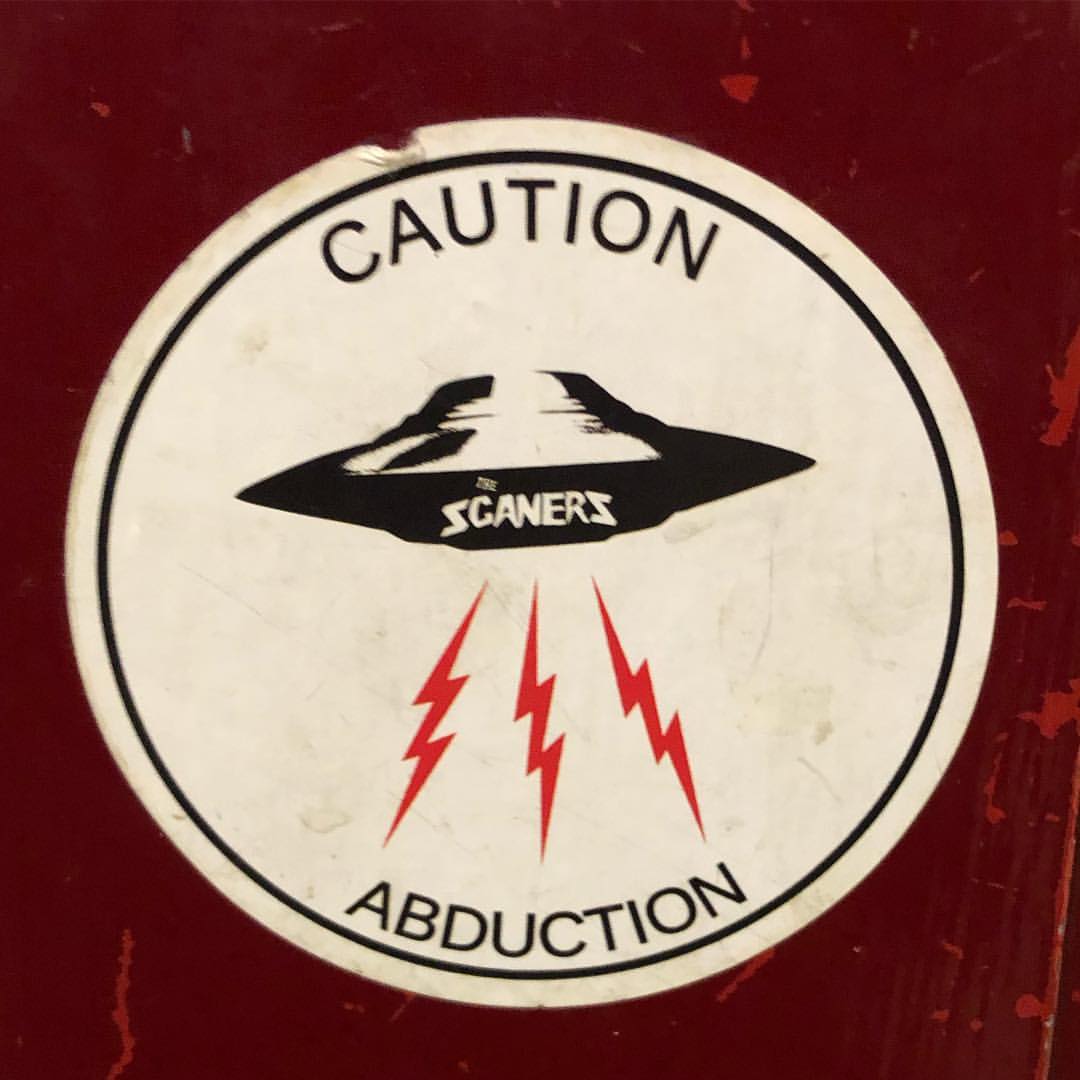Wittenburg says that composing these interludes was initially difficult but he took inspiration from John Cage’s approach of giving space to silence. The Berlin-based artist is referring to the experiments Cage did in an anechoic chamber at Harvard University in 1951, in which the American master concluded that absolute silence did not exist. Within the chamber, Cage heard two sounds, one high and one low – afterwards, an engineer explained that the high sound was his nervous system and the low one was his blood circulating throughout his system. Another great American composer, Pauline Oliveros, later observed that Cage was listening to the sounds caused by the early symptoms of the stroke he would later die from, and as such, according to Oliveros, while Cage was in the anechoic chamber he was ultimately listening to his future.
Read Next
Astronomers have observed the brightest flash of light ever seen, from an event that occurred 2.4 billion light years from Earth and was likely triggered by the formation of a black hole. https://phys.org/news/2022-10-astronomers-captivated-brightest.html I’ve barely moved from the office chair …
She took one look at Poe and said, ‘When was the last time you slept? You have eyes like a racing dog’s bollocks.’ THE BOTANIST, MW Craven
‘There was a son as well?’ ‘Called Enzo. And when he was twenty-three, he murdered his father. With an axe, three strokes and he decapitated him. And his private parts. I don’t know what the word is for decapitating private …
The world of psychological warfare of which SCL was a part has been around for as long as humans have waged war. In the sixth century bc, Persians of the Achaemenid, knowing that Egyptians worshipped the cat god Bastet, drew …
